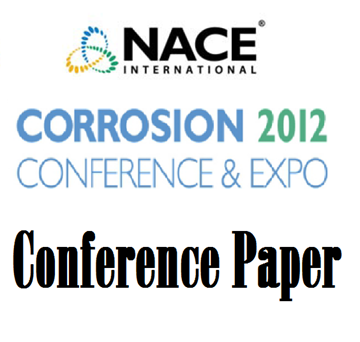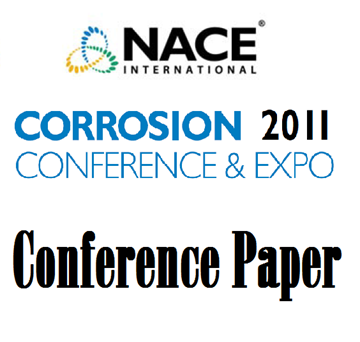Search
51315-6010-Crude Unit Overhead Corrosion Control Successfully Driven by Ionic Modeling
Also Purchased
98585 CRUDE UNIT OVERHEAD CORROSION CONTROL
Product Number:
51300-98585-SG
ISBN:
98585 1998 CP
$20.00
51312-01209-Use of Ionic Modeling to Gain New Insights on Crude Unit Overhead Corrosion
Product Number:
51312-01209-SG
ISBN:
01209 2012 CP
Publication Date:
2012
$20.00
11360 Corrosion in Crude Distillation Unit Overhead Operations: A Comprehensive Review
Product Number:
51300-11360-SG
ISBN:
2011 11360 CP
Publication Date:
2011
$20.00




